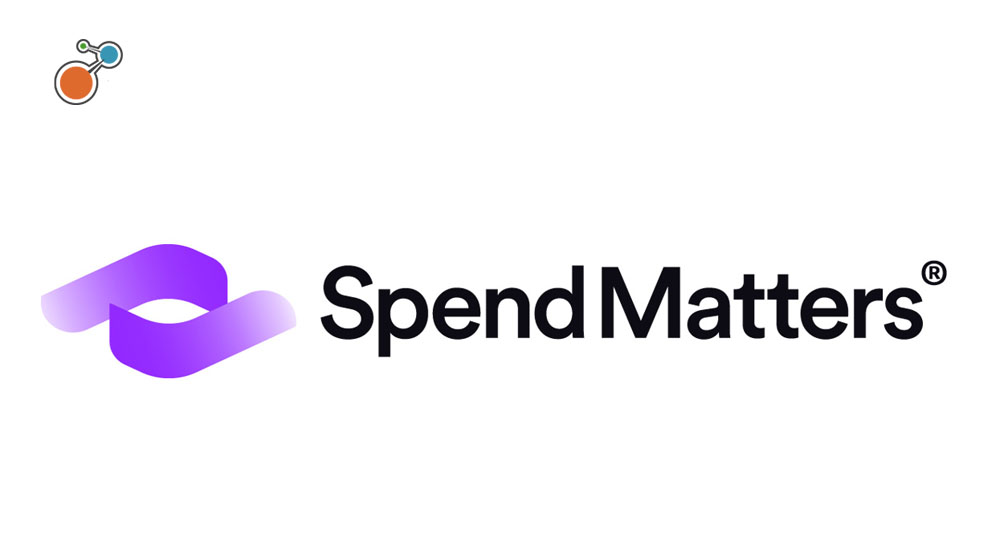Organizations have made dozens of changes to HR policies in response to the fast-moving coronavirus crisis. Initial concerns about work-from-home edicts and restrictions on travel have given way to simply keeping employees safe and the company running – all while navigating a myriad of constantly shifting pandemic-related jurisdictional rules. Both employees and employers are reeling from an unprecedented amount of change. And employees at all levels continue to be worried about their own health, the health of their family members, and the health of their companies.
Risk, compliance, and HR officials have to work together to balance the organization’s requirements and employee needs with financial realities. In a crisis situation like this, it’s easy to lose sight of the long-term consequences of any coronavirus-related policy you enact. But how you handle this situation could shape perceptions of your organization for years to come.
Here are 7 strategies to mitigate human risk related to the coronavirus pandemic:
- Lead with empathy. This is the time for leaders to step up and make sure people feel heard and supported. Listen to colleagues’ fears and concerns, address them in the most productive way possible, and provide accurate, up-to-date information. Be human by sharing personal experiences – and encourage people to connect with each other through informal conversations on calls. In fact, 40% of organizations recently polled by Gartner have set up additional virtual check-ins with employees and managers, and 32% have introduced new tools for virtual meetings. Acknowledge this is an unprecedented and unpleasant situation, but everyone will get through it together.
- Provide guidance on working from home. People are working exclusively from home while juggling home schooling, young children, pets, spouses, and more. The shift in routine may prove challenging for some employees – especially if it goes on for an extended period. Offer help with mechanics like setting up and maintaining a workspace and managing time effectively. And establish new protocols like how you will track check-in and overtime requests for hourly employees and what the expectations are for when team members should be available to collaborate. But be flexible as everyone tries to adjust to the new normal.
- Prioritize safety. OSHA has released guidance, but no regulations, on workplace safety standards, which leaves much open to interpretation. Protocols on what to do if an employee tests positive for coronavirus, for instance, vary widely, even within the same industry. At a minimum, workplaces that are open must ensure social distancing rules are followed, and cleaning regiments are properly implemented to help protect staff. All health and safety policies and protocols should still apply, and they should continue to be monitored.
- Focus on wellbeing. With all of the virus-induced anxiety, assisting workers with their mental and physical health has never been more important. Remind employees what benefits are available – healthcare, sick days, time off and leave options, etc. – and how to access this support.
- Add training. Many organizations quickly rolled out new communication platforms like videoconferencing and document sharing to keep employees connected and productive. Make sure everyone knows how to use these tools and use them effectively. Don’t assume everyone is tech savvy.
- Fortify succession planning. What happens if the CEO is too sick to work? A number of CEOs have already contracted the virus, which has then driven many of their executives into quarantine. While plenty of companies – especially public ones – have detailed succession plans, few to none mapped out a credible response to a pandemic on the scale of the coronavirus. Review backup operating procedures for when key employees fall ill. It’s important to identify potential replacements several levels down the corporate ladder because you don’t know who will become sick or how debilitating the symptoms will be. Executives and other key employees need to be able to step into each other’s roles in an instant.
- Retain critical talent. With the financial markets plummeting and a significant part of the economy shut down, companies in all industries and locations are looking to pare expenses and save cash. Unfortunately, payroll is often among the largest expenses, and many organizations are having to make difficult decisions to reduce that expense – including layoffs, furloughs, reduction in hours, or change of employment status—just to stay in business. Think strategically about any headcount reduction. Hang on to critical talent so you can rebound faster when conditions improve.
As attention turns to opening up the economy, businesses will have to deploy a range of tactics to shield workers from the coronavirus. How will you reassure nervous employees that you aren’t putting them at risk?
For more on dealing with the coronavirus crisis, check out..





